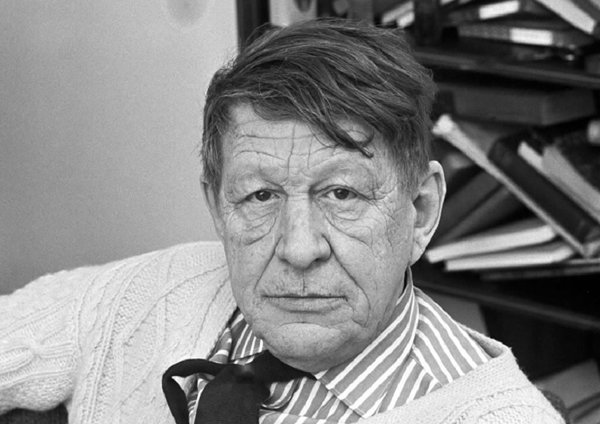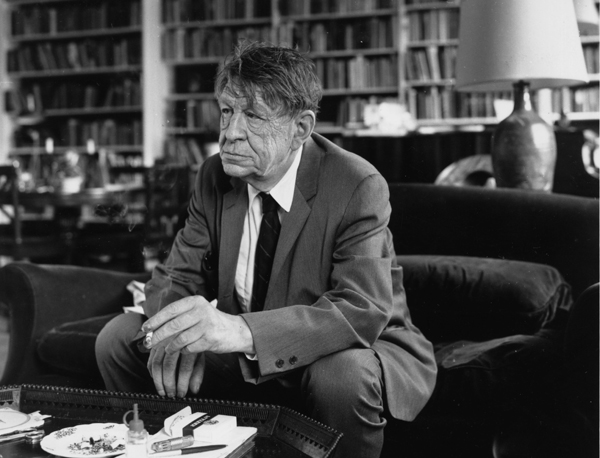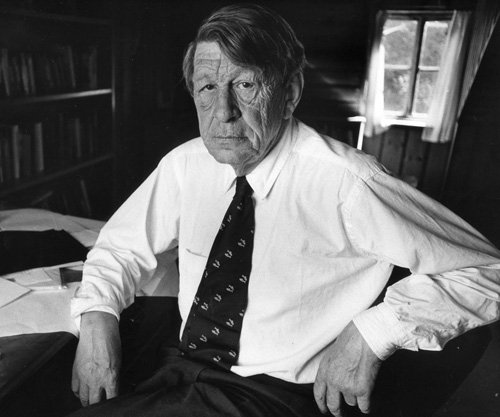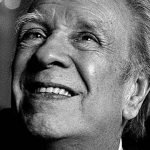The biography of Wystan Hugh Auden is full of numerous exciting events and travels around the world. He always sought to be where, in his opinion, the writer was supposed to be to show events for future generations. He constantly analyzed everything from his own standpoint.
Born: 21 February 1907
York, England
American poet
Who was Wystan Hugh Auden?
Wystan Hugh Auden is an Anglo-American poet who was born in Great Britain and after the Second World War became a US citizen. He created his works in the genre of intellectual lyric, turning to social-radical problems, as well as to philosophical-religious problems.
The biography of W.H. Auden is sated with interesting events.
When was Wystan Hugh Auden born?

Auden was born in the 1907 in the English city of York in the family of Doctor George Augustus Auden and his wife – Constance Rosalie Bicknell Auden, who had been trained as a sister. Auden was the youngest of three sons.
Early life
In the 1908, Auden’s family moved to Soligul and then to Garborn near to Birmingham, where his father got the position of a medical school inspector and the professor of the Birmingham university.
After the beginning of the First World War, Auden’s father was admitted to a medical corps of the Monarch troops. From the 1914 to the 1917, he performed his duties in Gallipoli, France and Egypt. During this time, Auden was under the mother’s strong influence.
Education

From eight years of age, he studied in private schools and came back home only on the vacation.
In the school, Auden got into biology, the memories about the Pennine Chain landscapes, where one could see traces of the decline of the lead mining industry, were reflected in many of his poems. The distant township Rukgoup became a “sacred landscape” for him. He mentioned about it in his late poem “Amor Loci”. Before his age of fifteen years, everyone expected that he would become a mining engineer, but he began to compose poems. His first poems were published in a school magazine in the 1923 under the pen- name “W.H. Arden”.
The School of holy Edmund in Surrey was the place, where he for the first time met Christopher Isherwood, who also afterwards became a writer. This meeting strongly influenced the biography of W.H. Auden. When Auden was thirteen, he went to Gresham’s School in Norfolk, and precisely there, in the 1922, Auden decided to become a poet.
In the 1925, Auden was admitted to the college of Christ-Church in the Oxford, having received a scholarship for study of biology, but the next year, he began to study English literature.
Auden finished the Oxford in the 1928, having received a diploma of the third stage.
Career and personal life

In the 1925, Auden’s engagement to a medical sister from Birmingham took place, but it did not anyhow affect the biography of W.H. Auden afterwards.
Auden was again made acquainted with Christopher Isherwood in the1925 and during the next several years Isherwood was his literary mentor, to whom Auden sent his poems and critical reviews. During the 1930s, they maintained friendly relations and were odd lovers.
In the autumn of the 1928, Auden for nine months set off to Berlin, where for the first time he felt political and economic difficulties, which became the central themes of his works. This journey was contributing to formation of his socialist views and it led to final realization of his own homosexuality.
In the year 1930, his first book of poems (“Poems”) was adopted and published by T. S. Eliot in the Faber and Faber publishing house. This collection was distinguished by its proximity to the ideas of Karl Marx, Charles Darwin and Sigmund Freud. His social criticism became noticeable in the poem– fantasy “The Dance of Death” (1933).
In the 1930, he began to teach in private schools.
From the 1935 until the1939, when Auden left Britain, he wrote reviews and an essays for the unit of “General Post Office”, which was occupied by a documentary movie; and he also delivered lectures. In the 1935, he got acquainted with the composer Benjamin Britten; together with the composer, he worked on plays, song series and libretto. In the 30s, Auden’s plays were staged in “Group Theatre”, London.
In the1935, Auden formally married Erika Mann, the daughter of Thomas Mann, to give her a British passport, with which she could be saved from Nazis.

In the 1936, he spent three months in Iceland, where he collected materials for the book “Letter from Iceland” (1937). In the same year, his collection “Look, Stranger!” was published.
In the 1937, Auden set off to Spain during the Civil War. Afterwards, he returned to England, where the poem “Spain” (1937) was written by him. This was his best work on a political topic and one of the best poetic reviews about the civil war in Spain.
In the 1938, Auden and Isherwood spent six months on battlefields of the Japanese-Chinese war where they worked on the book “Journey to a war” (1939).
In the 1939, Auden met the young poet Chester Kallmann, who became his lover for the next two years. Then, they broke their relations, but remained friends during all Auden’s life and lived in one apartment from the 1953 until the Auden’s death.
Auden dedicated both editions of his selected poems (1945—1950 and 1966) to Isherwood and Kallmann. In the 1946, he became a U.S. citizen. By this moment, his literary career had become a number of well-recognized successes. He got the Pulitzer Prize and the Bollingen Award and enjoyed his status of one of the most renowned poets of his generation.
From the 1956 to the 1961, Auden was a professor of poetry in the Oxford, where he had to give lectures three times a year.
In the 1972 he spent the winter in the Oxford, where his old college of Christ-Church offered him a cottage, but in the summer he returned to Austria.
Death of Wystan Hugh Auden
Auden died in Vienna on the 29 of September, 1973 and was buried in Kirkhshtetten.
Wystan Hugh Audendeath: 29 September 1973 in Vienna, Austria



